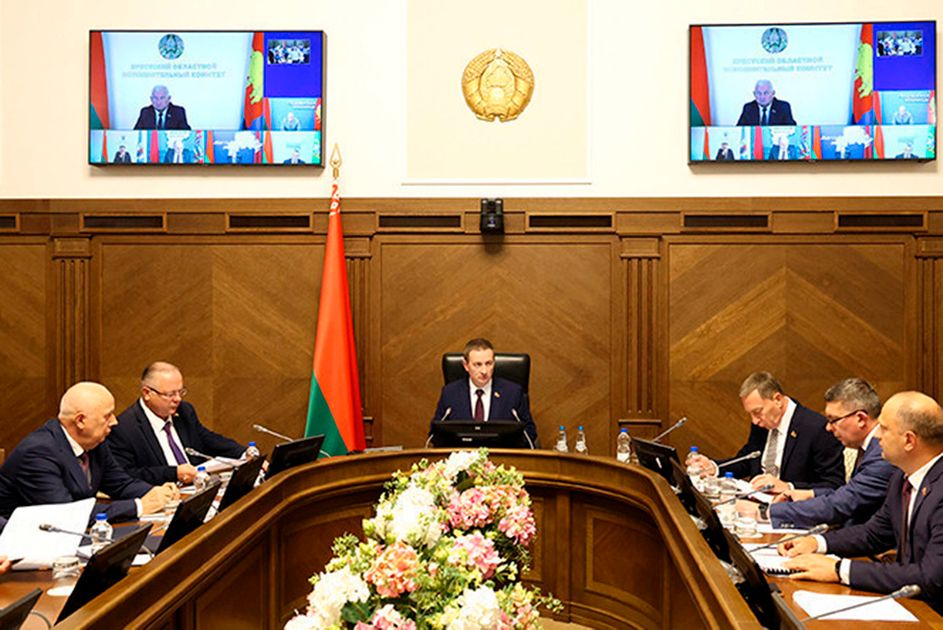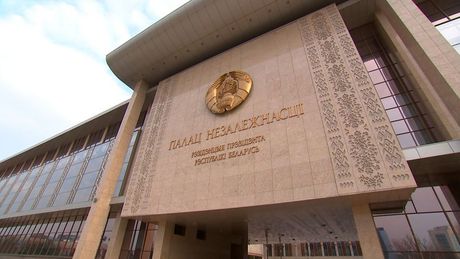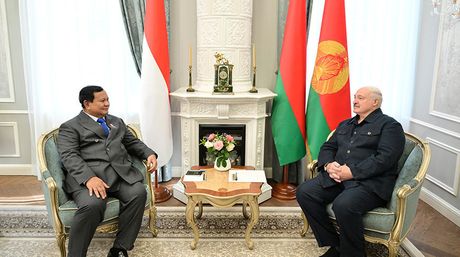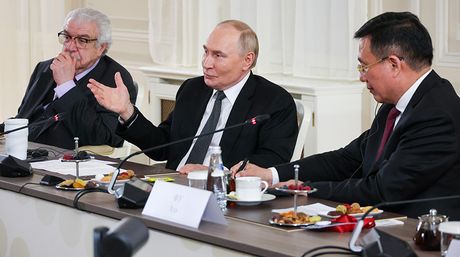Belarusian government to review draft state programs for 2026-2030
17:15, 31 July

Belarusian Prime Minister Aleksandr Turchin chaired a meeting of the Presidium of the Council of Ministers to discuss the state programs for 2026-2030, BelTA reports.
- Поделиться в Facebook
- Поделиться ВКонтакте
- Поделиться в Twitter
"Today we will review the frameworks of state programs for the next five-year period," Aleksandr Turchin stated. "These programs must ensure the fulfillment of all targets we have set for 2026-2030. Crucially, the qualitative indicators of these programs must align with the goals of the upcoming five-year period.”
Belarus is currently drafting a five-year socioeconomic development program that will be implemented through national state programs, sector-specific initiatives, regional development plans, and science and technology projects.
"State programs are central to achieving the goals, objectives, and priorities of the next five-year plan. Together with the regulators, we have finalized their scope. This followed extensive analysis to identify systemic shortcomings in the current five-year cycle – issues we must address when drafting the new programs. All state programs must be strictly focused on achieving the objectives of the next five-year plan, with every indicator fully aligned with its goals and targets - these are fundamental principles. Another critical aspect is manageability. Each state program has a single regulator and customer - the respective ministry headed by a minister who is personally accountable for delivering all key performance indicators," Economy Minister Yuri Chebotar said. "All programs are designed to fulfill specific priority areas of the five-year plan, with each area overseen by a deputy prime minister. This ensures strict adherence to the principles of cascading and vertical accountability."
Compared to the current five-year period, Belarus has significantly streamlined its system: in 2026-2030, there will be fewer socioeconomic programs, a substantially reduced number of performance indicators, and an exclusive focus on project-based priorities. "Our objective is to ensure every initiative within state programs should directly contribute to its target outcomes. We will enhance both oversight and accountability. In collaboration with the regulators, we have developed preliminary frameworks for future state programs, complete with defined goals, objectives, and performance metrics. Currently, this comprises 19 socioeconomic programs and one innovation development program. These contain 60 subprograms (averaging three per program) and approximately 120 target indicators. We anticipate this will create a compact, manageable system for the next five-year period,” the minister noted.






